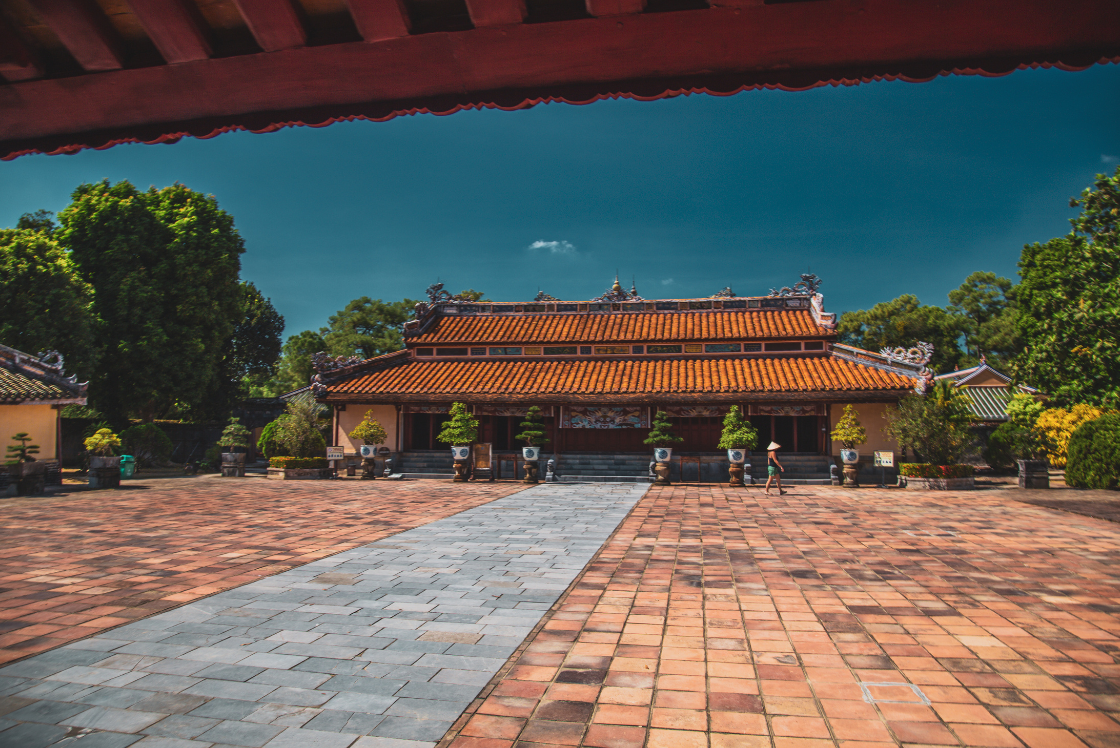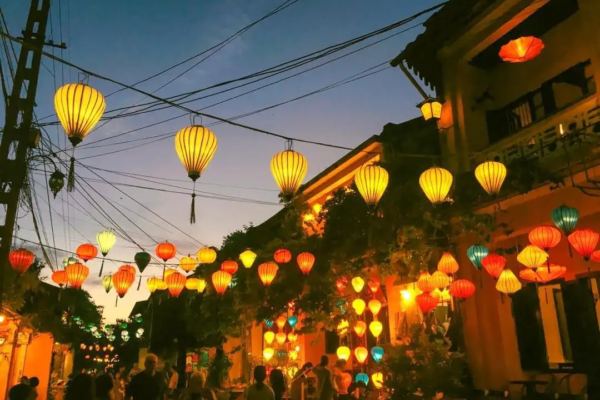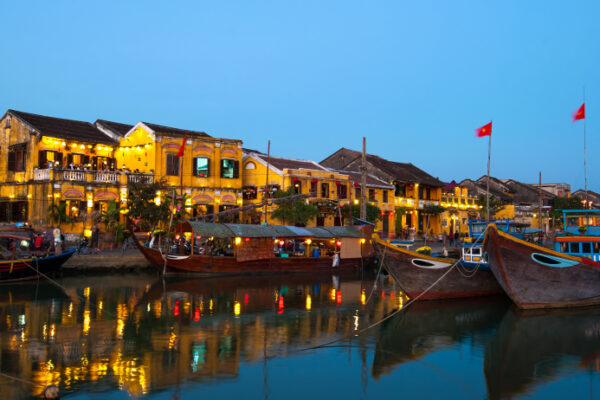Located along the Perfume River, the Hue Royal Tombs are incredible reminders of Vietnam’s imperial past. These grand tombs, built by the emperors of the Nguyen Dynasty (1802-1945), are not just burial sites—they were also designed as peaceful places for the emperors to spend time while they were still alive.
While most visitors admire the beautiful architecture, few know about the hidden stories, traditions, and meanings behind them. This guide will take you through some lesser-known facts, local insights, and practical tips to help you explore these iconic places of Vietnam’s history better.
Why Were the Hue Royal Tombs Built This Way?
Unlike other royal tombs around the world, the Hue Royal Tombs were created as both living spaces and final resting places. Each tomb reflects the personality, beliefs, and dreams of the emperor who built it. The design follows Feng Shui principles, ensuring harmony between nature and the afterlife. Most tombs have a mountain behind them for protection and a river or lake in front to bring prosperity. Everything from the number of steps to the types of plants around the tombs carries a symbolic meaning.
Hidden Stories of Hue’s Royal Tombs
1. Gia Long’s Tomb – The Quiet One
Emperor Gia Long, the founder of the Nguyen Dynasty, has one of the least-visited tombs, but it’s one of the most historically important. Unlike the grand tombs of later emperors, Gia Long’s Tomb is simple and surrounded by forest, reflecting his military background and modest nature.
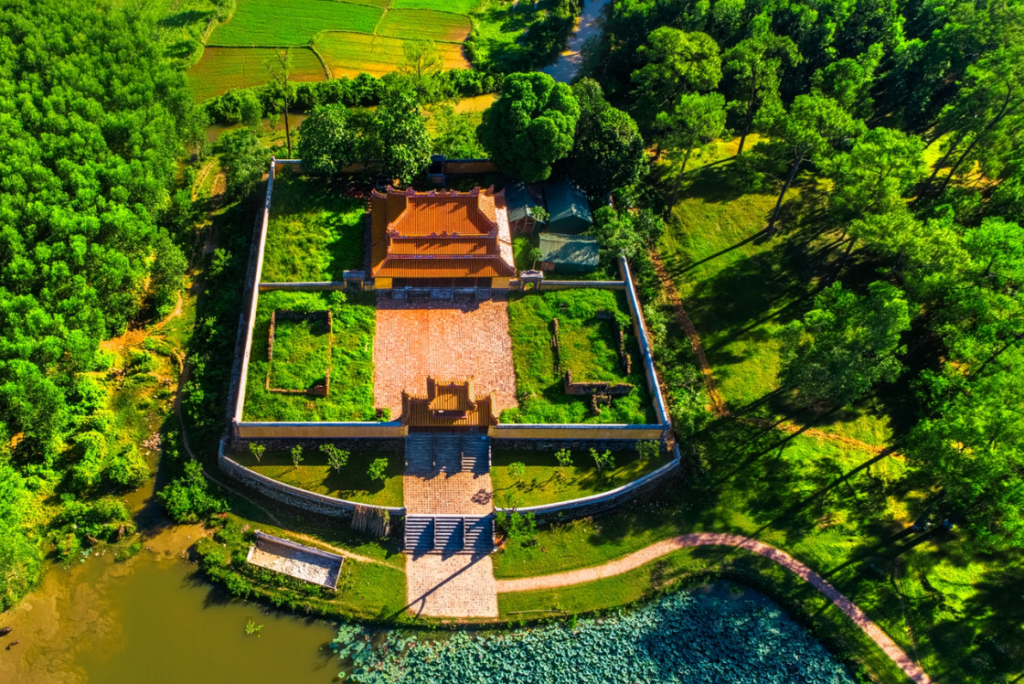
This tomb is quite remote, requiring a boat ride and a motorbike journey to reach it. But for those who make the effort, the peaceful surroundings offer a truly off-the-beaten-path experience. The tomb complex also includes the burial sites of his wife and other family members, a rare sight in royal tombs. The worn stone structures, covered in moss, make it feel as if history itself is whispering to you.

Travel Tip: Since Gia Long’s Tomb is far from the city, hiring a private driver or taking a guided tour is recommended. Bring water and snacks, as there are no shops nearby.
2. Minh Mang’s Tomb – The Perfect One
Known for its balanced and symmetrical design, Minh Mang’s Tomb represents his strict Confucian beliefs. This massive complex includes nearly 30 buildings, all carefully planned for order and harmony.
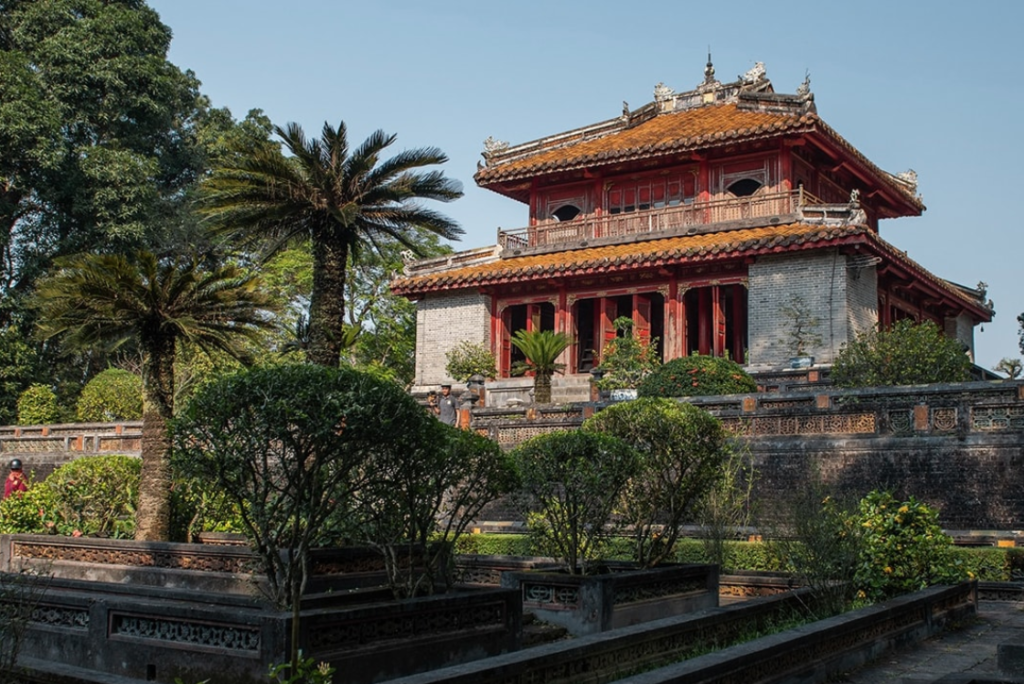
Walking through Minh Mang’s tomb is like stepping into a meticulously crafted painting. The wide courtyards, serene lakes, and elegant bridges are all positioned according to Feng Shui principles. Visitors often say they feel a sense of peace as they explore the site. It’s easy to imagine the emperor himself strolling along the paths, contemplating the affairs of the kingdom.
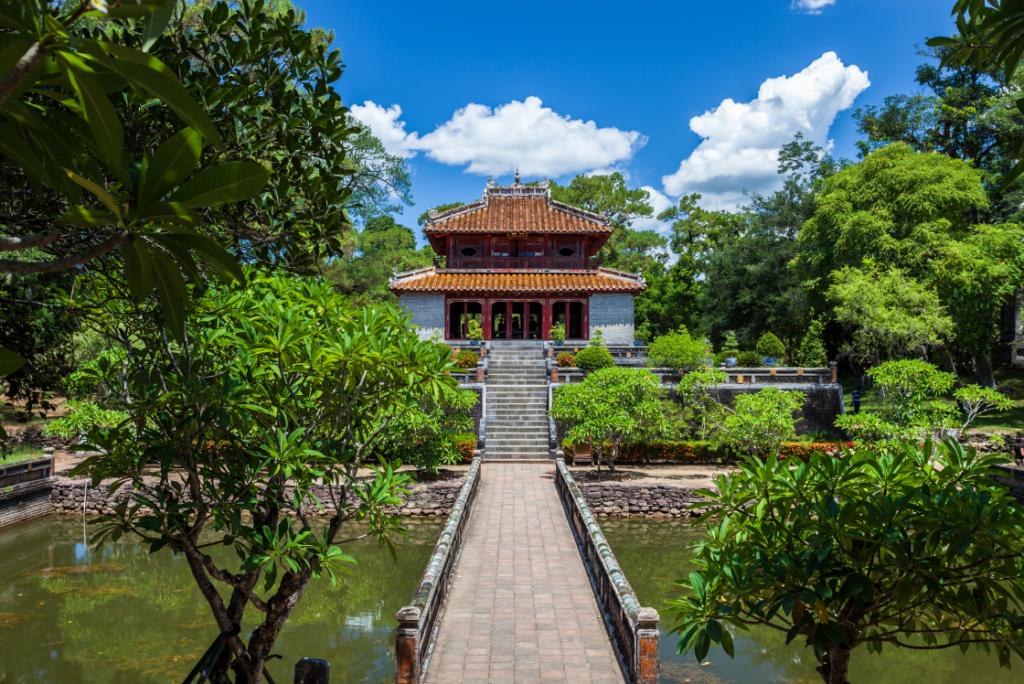
Travel Tip: Arrive before 9 AM to avoid crowds. The best way to get here is by boat from Hue city, which offers stunning views of the Perfume River along the way.
3. Tu Duc’s Tomb – The Poet’s Hideaway
Among all Hue Royal Tombs, this one feels the most like a retreat. Emperor Tu Duc designed it as a place to relax, write poetry, and reflect on life. But behind its beauty is a sad story.
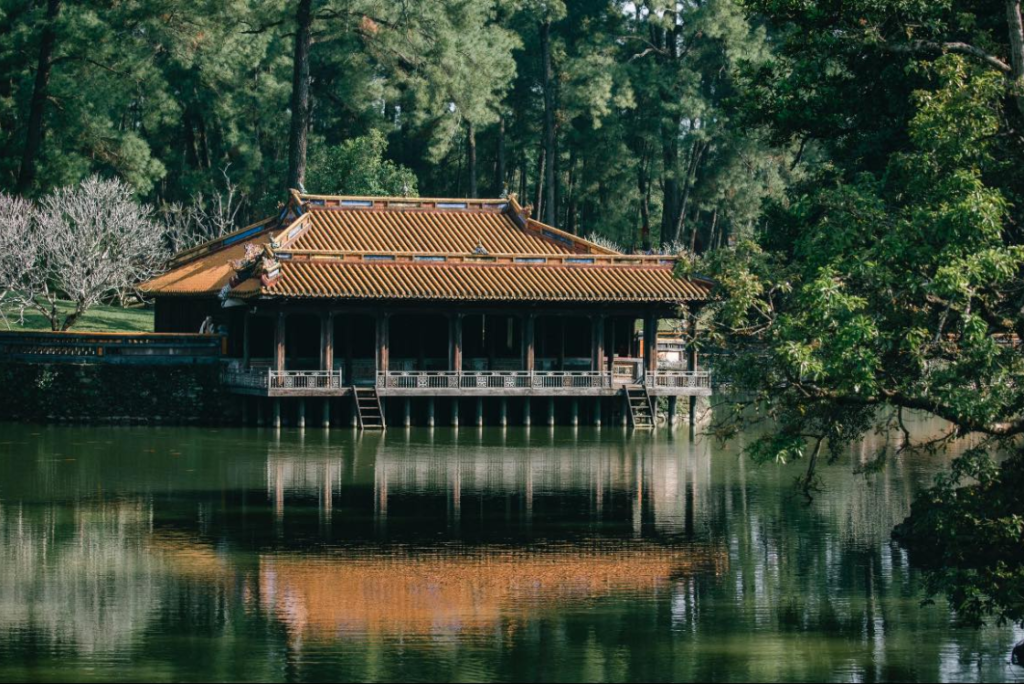
Tu Duc’s rule was troubled, marked by political struggles and personal sorrow. He had no children, and his tomb reflects his loneliness. Though it was built for his eventual passing, he spent much of his life here, enjoying the pavilions and peaceful gardens. The lotus-filled lake, with a wooden boat floating on its still waters, adds to the dreamlike atmosphere.
One of the most mysterious facts about Tu Duc’s tomb is that his actual burial place remains unknown. To protect the secret, the workers who buried him were reportedly executed.
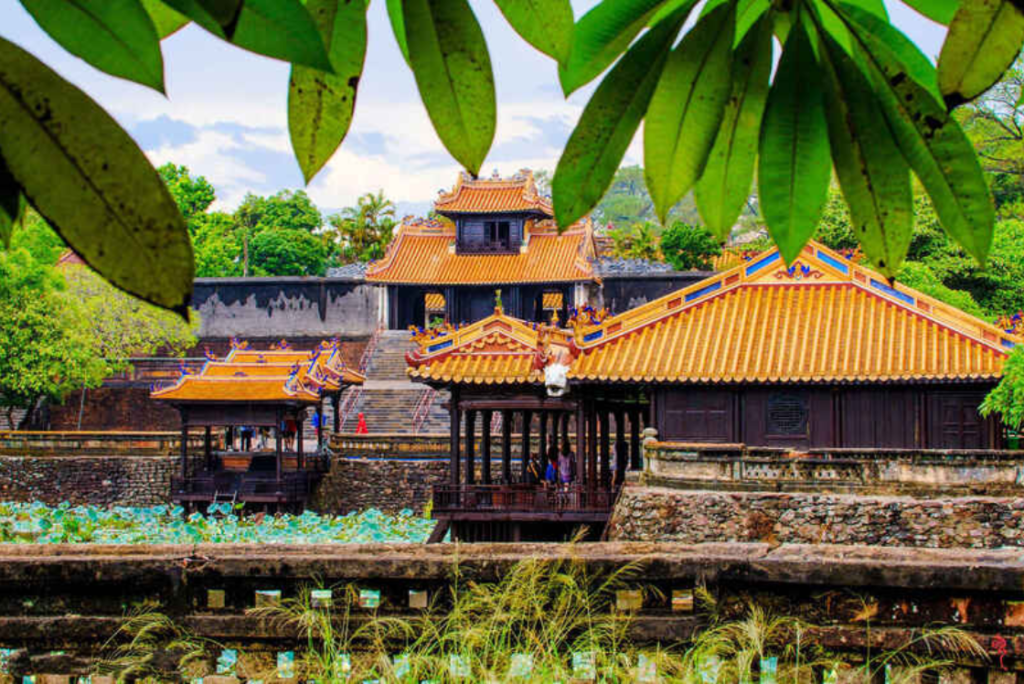
Travel Tip: Visit in the late afternoon when the sunlight filters through the trees, creating a magical glow over the lake. Bring a notebook if you’re a writer—this place is inspiring!
4. Khai Dinh’s Tomb – The Fancy One
Unlike the traditional Vietnamese designs of the other tombs, Khai Dinh’s Tomb is a mix of Vietnamese and European styles. Built using expensive materials from France and China, this tomb stands out.
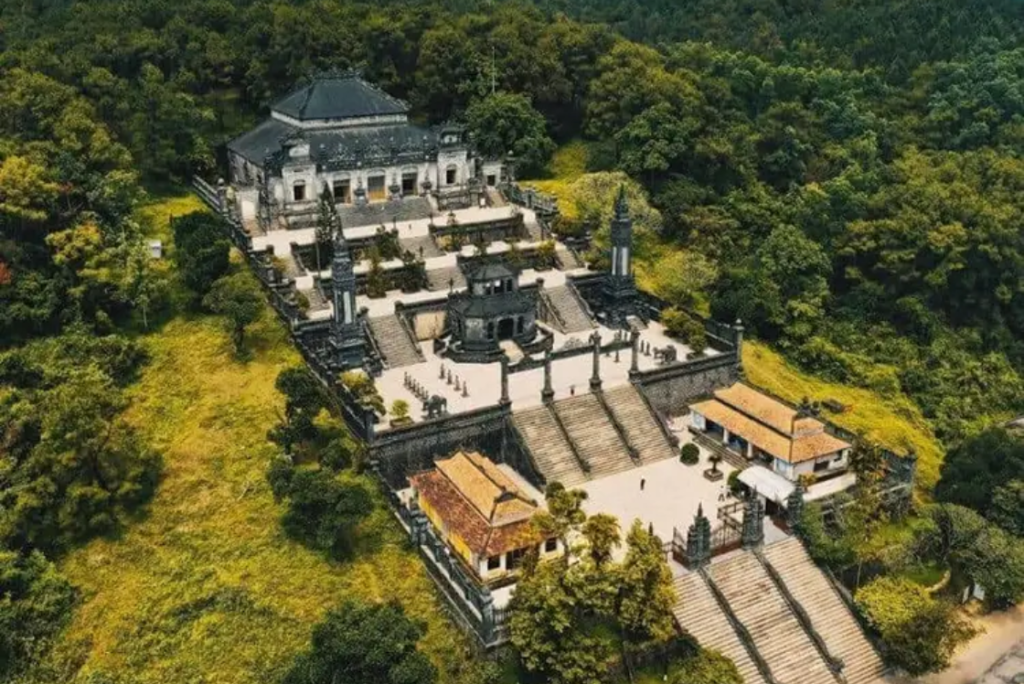
From the moment you start climbing the steep staircase, you’ll notice the difference. The stone courtyard, lined with soldier statues, leads to the main palace, where you’ll find the tomb’s most impressive feature—the golden statue of Khai Dinh himself. The interior is covered in intricate glass and porcelain mosaics, sparkling under the soft lighting.
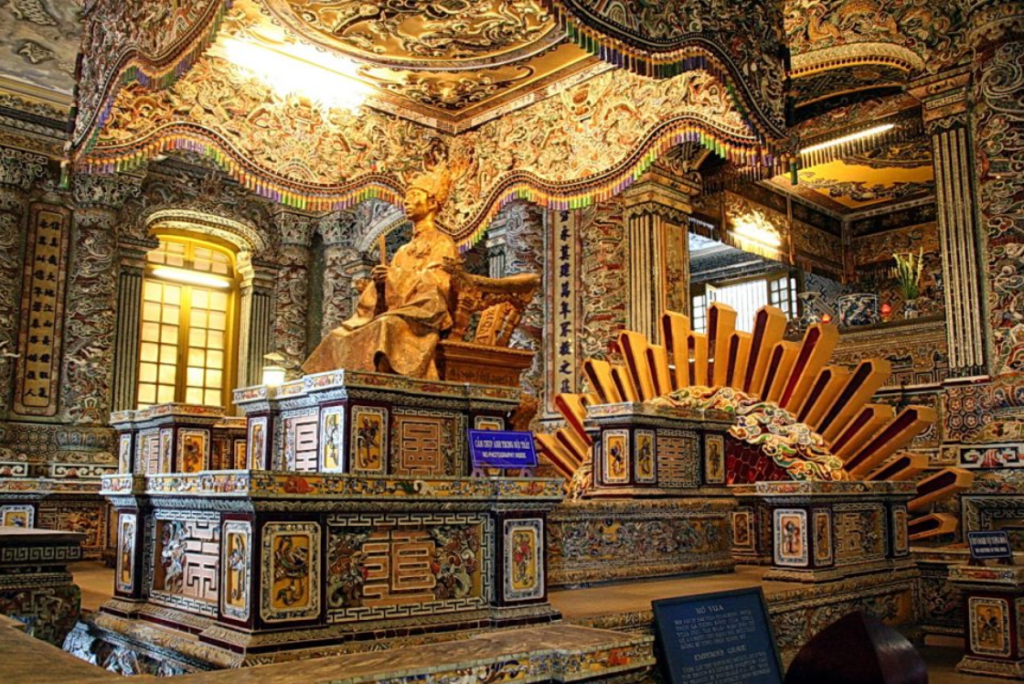
Khai Dinh was unpopular because he raised taxes on the people to fund this extravagant tomb, but his resting place remains one of the most visually striking in Hue.
Travel Tip: This tomb requires a lot of stair climbing, so wear comfortable shoes. Since the interior is dimly lit, visiting in the late morning or early afternoon ensures you can fully appreciate the mosaics.
Tips for Visiting the Hue Royal Tombs
- Best Time to Go: Early morning (7-9 AM) or late afternoon (4-5 PM) when it’s cooler and less crowded.
- How to Get Around: Rent a bike or hire a motorbike driver to see multiple tombs in a day. Alternatively, a boat tour along the Perfume River allows you to access several tombs while enjoying scenic views.
- Entrance Fees: Tickets cost between 150,000 VND ($6 USD) and 200,000 VND ($8 USD) per tomb. A combination ticket covering multiple sites can help you save money.
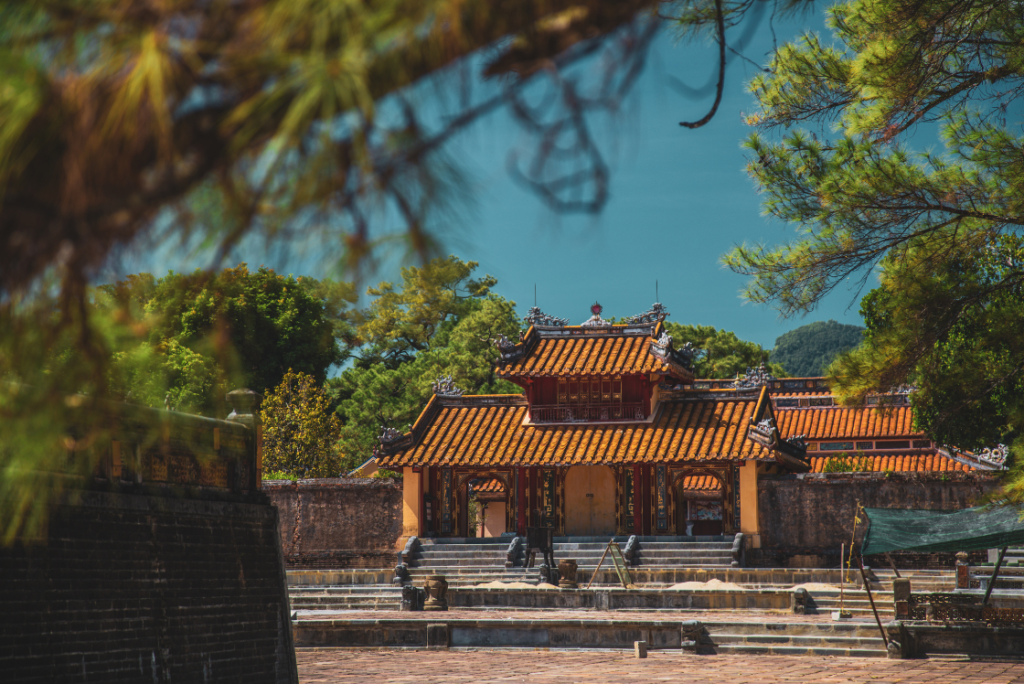
- What to Wear: There’s no strict dress code, but wearing modest clothing is respectful since these are sacred places. A hat and sunscreen are also recommended due to the strong sun.
- Get a Guide: A local guide can help explain the deeper meanings behind the designs and symbols, making your visit much more enriching.
- Photography Tips: The morning light at Minh Mang’s Tomb and the golden-hour reflections at Tu Duc’s Tomb make for stunning photos. At Khai Dinh’s Tomb, use a wide-angle lens to capture the elaborate interior details.
- Nearby Attractions: Combine your trip with a visit to the Hue Imperial City or the Thien Mu Pagoda for a full day of exploring Hue’s rich history.
Conclusion
The Hue Royal Tombs are not just beautiful structures—they tell the stories of Vietnam’s emperors, their beliefs, and their legacies. Taking the time to explore them properly will give you a deeper appreciation of the country’s history and culture. Whether you’re a history lover or just a curious traveler, Hue’s tombs offer an unforgettable experience that takes you back in time to Vietnam’s royal past.
Follow Vietnam Travellers for more interesting information!
